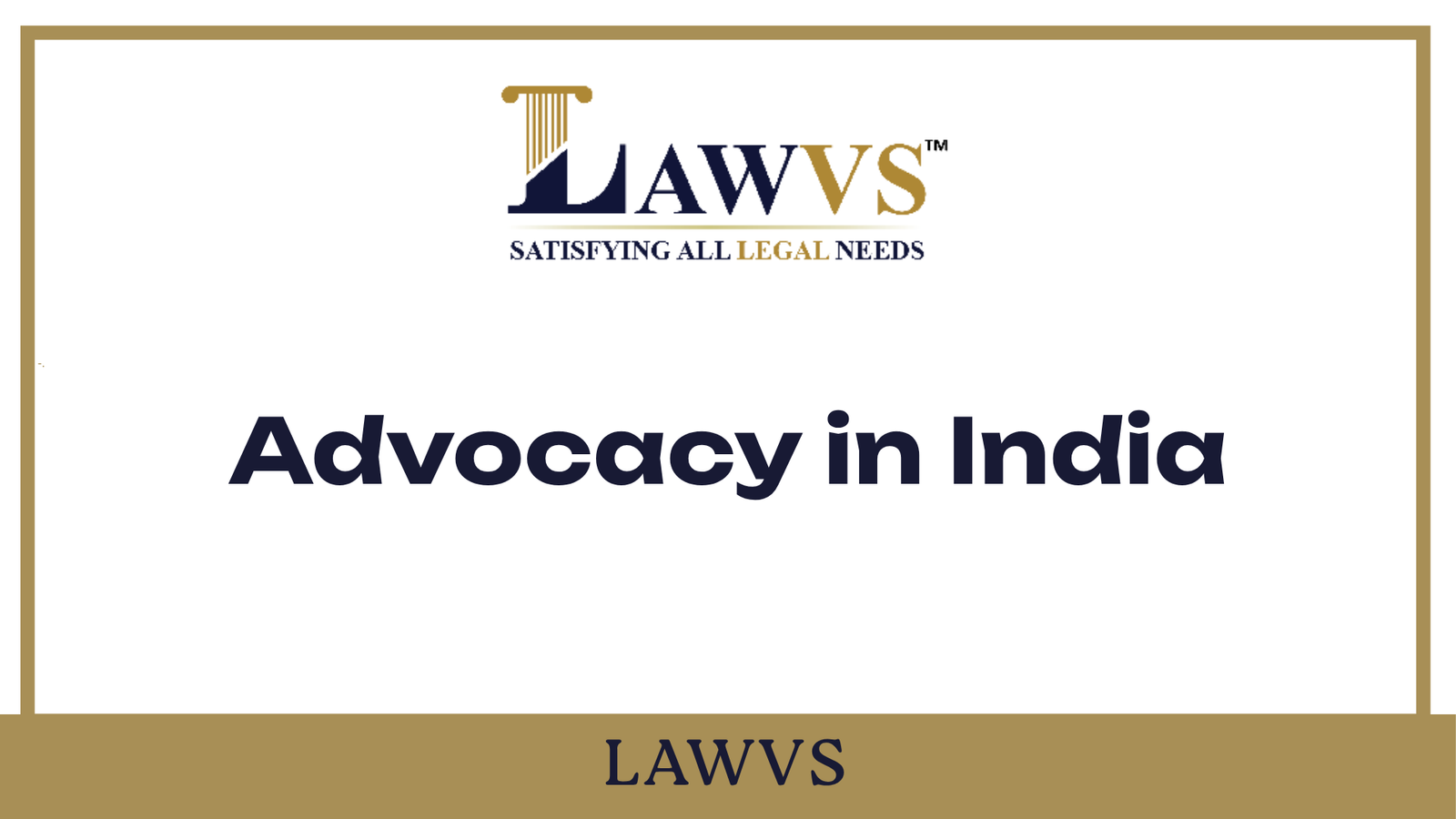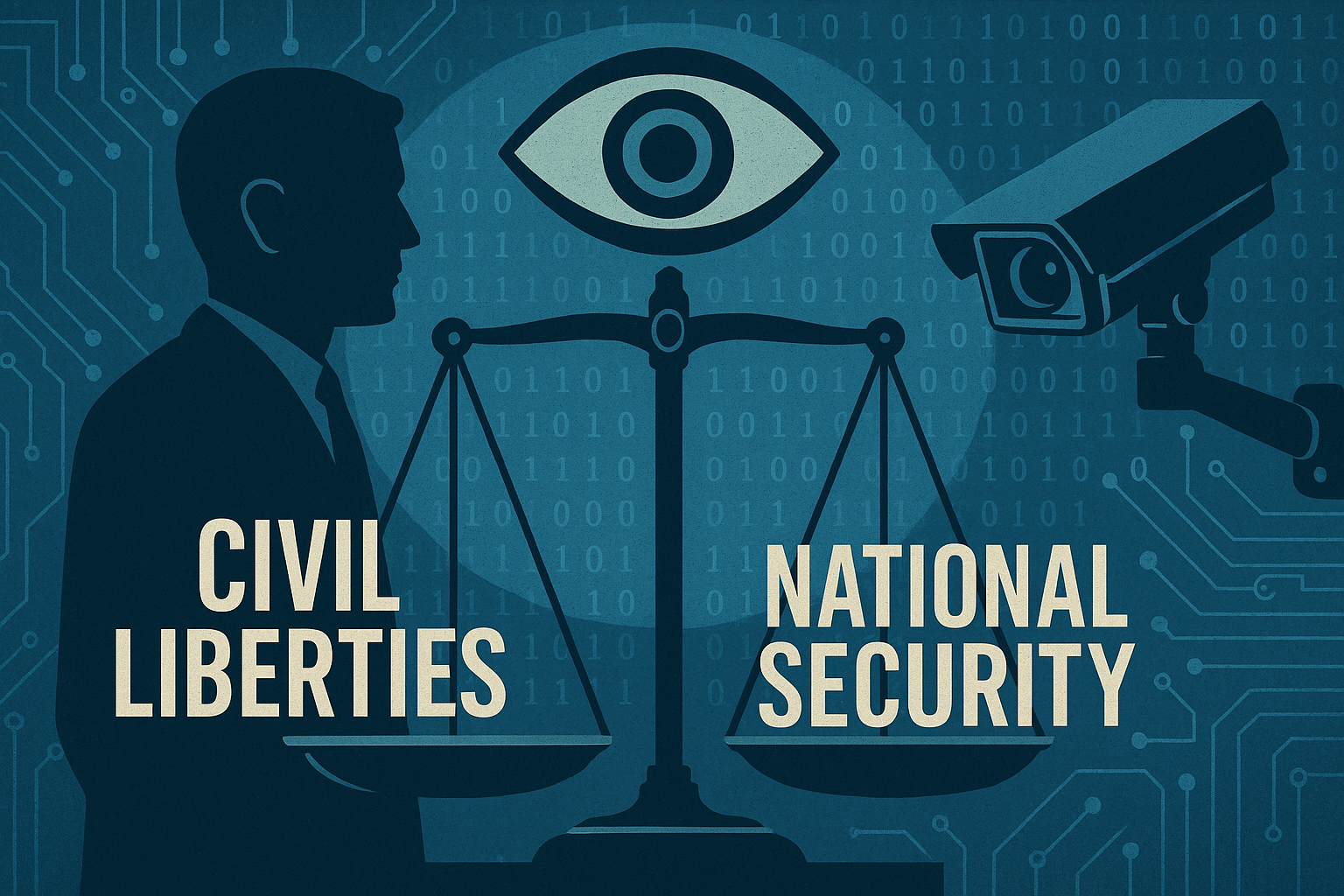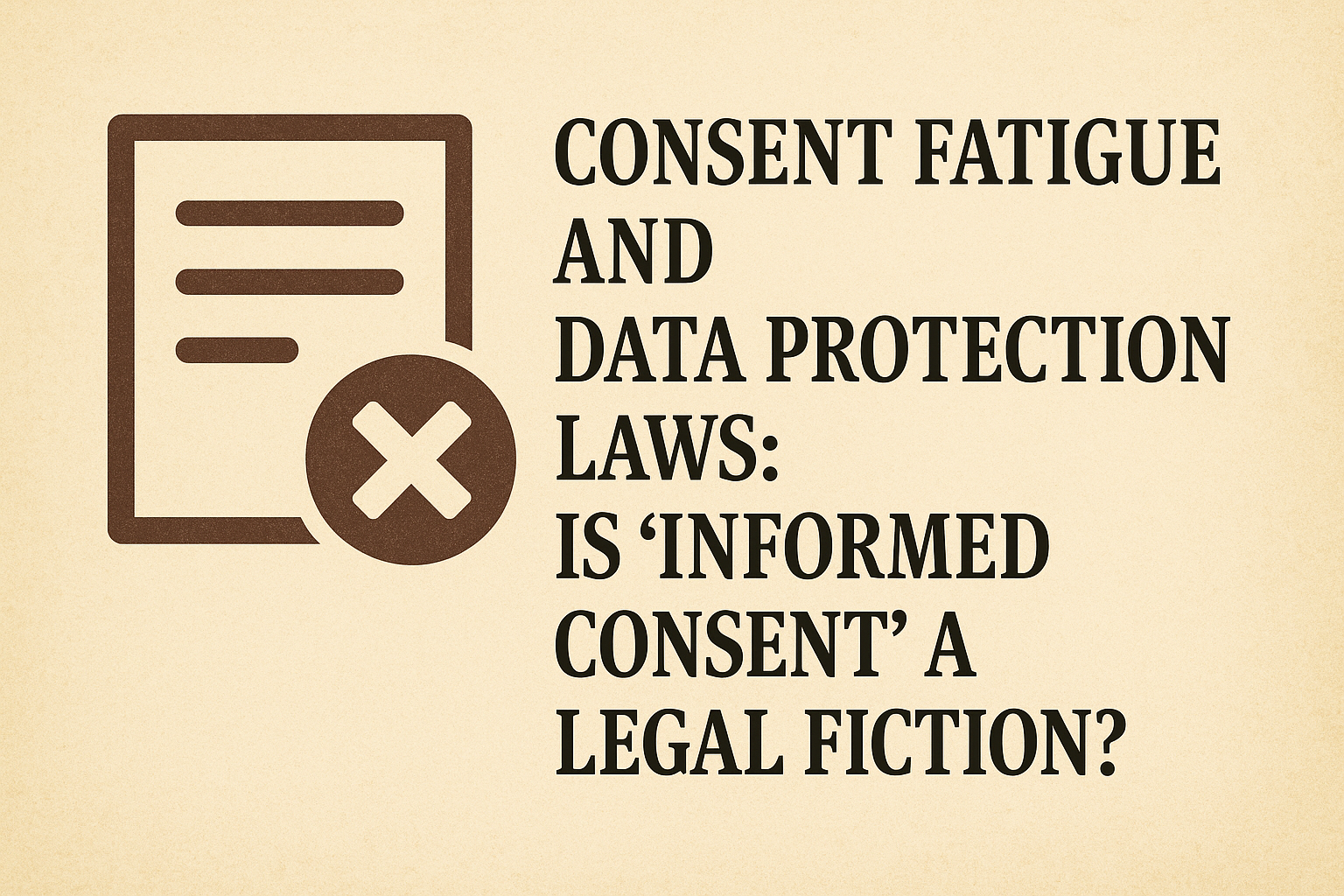Advocacy in India spans various fields, including legal, social, environmental, and human rights advocacy. Here’s an overview of different aspects of advocacy in India:
1. Legal Advocacy
Public Interest Litigation (PIL): Used to address social justice issues through courts (Article 32 & 226).
Right to Information (RTI): Advocates use RTI Act (2005) to ensure transparency in governance.
Legal Aid and Human Rights: Organizations like National Legal Services Authority (NALSA) provide free legal aid to the underprivileged.
2. Social Advocacy
Women’s Rights: Laws like the Protection of Women from Domestic Violence Act (2005) and advocates fighting for gender equality.
LGBTQ+ Rights: Decriminalization of Section 377 in 2018 was a result of sustained advocacy efforts.
Child Rights: Protection of Children from Sexual Offences (POCSO) Act, 2012 was influenced by child welfare advocates.
3. Environmental Advocacy
Climate Action & Conservation: Activists challenge deforestation, pollution, and advocate for climate policies.
Judicial Interventions: Supreme Court judgments on pollution control and environmental protection (Article 21 - Right to Life).
4. Digital and Consumer Rights Advocacy
Privacy & Data Protection: Advocacy for a strong data protection law in the digital age.
Consumer Rights: Consumer Protection Act, 2019 strengthens consumer advocacy in India.
5. Political and Civil Rights Advocacy
Electoral Reforms: Organizations like ADR (Association for Democratic Reforms) work on electoral transparency.
Freedom of Speech & Press: Advocacy against internet shutdowns, media censorship, and restrictions on free speech.








